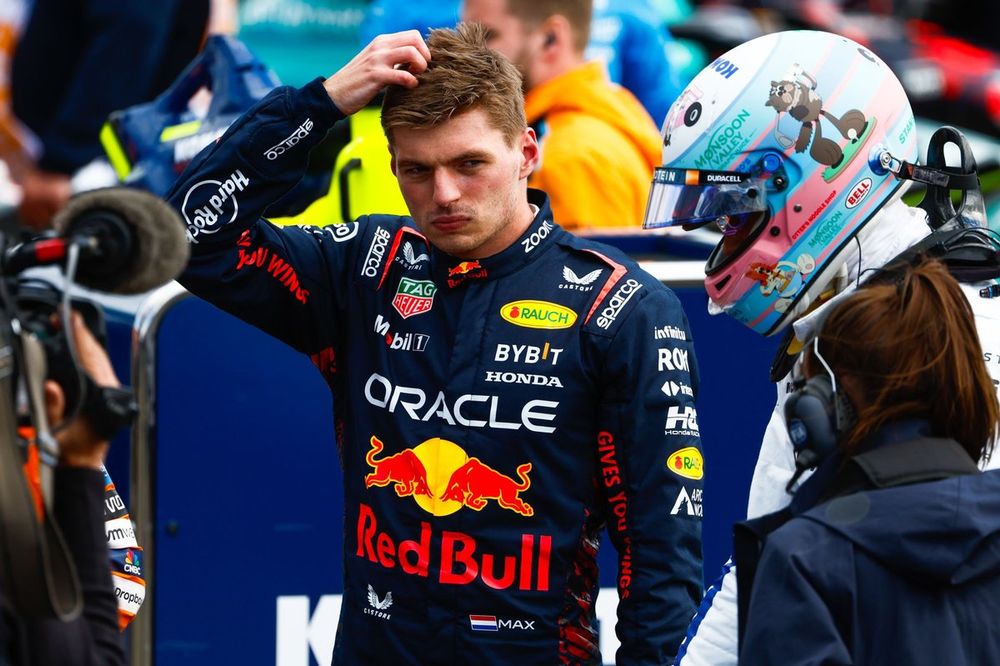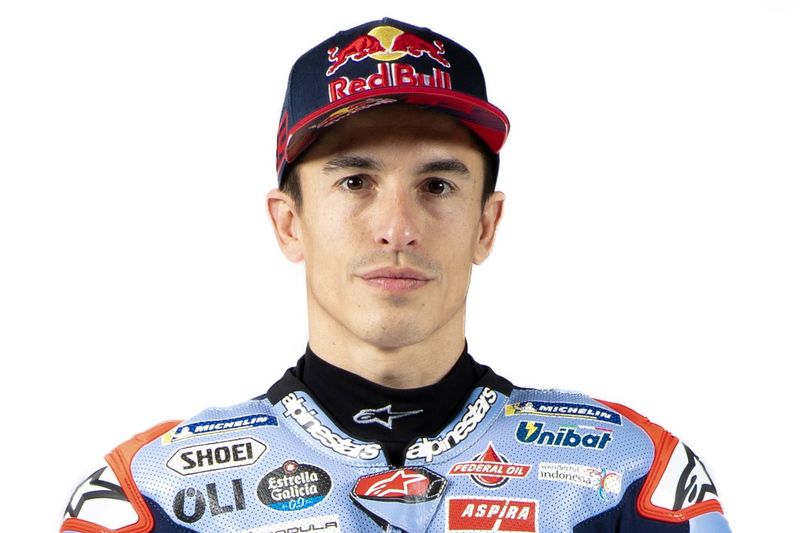Breaking News: Max Verstappen announce his departure after facing…
Where has
Where has Red Bull’s F1 advantage gone?

Read more…
When Red Bull rolled out its RB20 for pre-season testing in Bahrain, there were ominous signs of a 2023 dominance repeat.
Fast forward four months and the competitive picture has changed completely. Mercedes finally managed to make its ground-effect car sing with a spate of upgrades and McLaren has continued its impressive development trajectory.
Problems with its latest upgrade package have seen Ferrari take a step back, but it too has been in the hunt at circuits that suit the SF24.
Five drivers from four different teams have won one of the past seven grands prix, which is great news for Formula 1 fans as the second half of 2024 is shaping up to be a thriller.
For Red Bull? Not so much. So where has its sizeable advantage from the start of 2024 gone?
The traditional explanation is that teams invariably converge as regulations stay stable, with Red Bull simply having less performance to squeeze out of the current rulebook. Meanwhile, rival squads who missed out in 2022 and 2023 are slowly starting to find all the right answers to questions Red Bull had already solved on how to generate downforce and performance across different corner types with these low-slung ground-effect machines.
Add the sliding scale of development time, which takes away wind tunnel and CFD runs based on a team’s success, and Red Bull is hit by a double whammy of a head start turned into a long-term handicap.

Photo by: Glenn Dunbar / Motorsport Images
“I think they got to a kind of terminal velocity quicker than the rest of us,” said McLaren CEO Zak Brown.
“There does come a point of diminishing returns as far as just how much you can continue to develop a car.
“To their credit, they got there first and now we’re all just caught up, or almost caught up.”
While clashing with Brown on a number of topics recently, for once Red Bull team boss Christian Horner agreed with him.
“It’s no secret that we have less development time than the others and we’re at the top of the curve, so you’re into diminishing returns,” he said.
But one man who doesn’t want to take no for an answer is Max Verstappen, who has repeatedly pushed his team to double down on finding gains rather than accepting its new reality.
“We could say: ‘Yes, it’s normal’. I don’t think it’s normal,” he said at the start of the past triple-header.
“We do have to keep working hard. If we think this is normal, people are going to overtake us.
“Every day I’m working with the engineers and I also try to push for updates to come earlier.”

Photo by: Glenn Dunbar
How much more can Red Bull wring out of its 2024 car?
That is all well and good, but how much can Red Bull still find on its RB20, especially as we are nearing the summer shutdown and teams will start pivoting more towards their 2025 cars?
Red Bull raised eyebrows when it launched its visually different RB20, suggesting the Milton Keynes-based squad hadn’t rested on the laurels of its unprecedented success and pulled out all the stops to make sure it would stay ahead for the remainder of the rules cycle.
And while the RB20 did deliver a clear step that thrust Red Bull back into a comfortable lead at first, it appears most of its gains were made up front, with less of a runway to keep finding chunks of laptime.
Chief engineer Paul Monaghan explained earlier that Red Bull is “potentially ‘asymptoteing’ a bit on these regulations”, or finding smaller and smaller gains as their development curve flattens out.
Horner is still hopeful the updates Red Bull has in the works will make a difference but admitted any gains are now down to the smallest details, which is the case for all the frontrunning teams.
“I think there is stuff that we have in the pipeline… whilst we are at the top of the curve, there are still gains to be had,” he explained.
“Inevitably, when [the grid] closes it is down to those marginal fine details that make the difference.”

Photo by: Erik Junius
Will Verstappen bail Red Bull out?
Exactly how worried Red Bull should be is not always clear, because various elements have made the pecking order harder to pick out.
A string of bumpy circuits, which has been Red Bull’s long-time Achilles heel, meant the RB20 looked worse than it is, but contrary to the paddock’s expectations the McLaren still appeared quicker over one lap in Barcelona.
But then Austria came, and Verstappen convincingly won the sprint and took pole for the grand prix by four-tenths over a one-minute lap, stopping rivals in their tracks at just how large their advantage was.
In Silverstone, both McLaren and Mercedes appeared slightly quicker depending on the conditions, which suggests the ability to keep tyres in the right temperature and performance window is making a bigger difference than outright pace.




